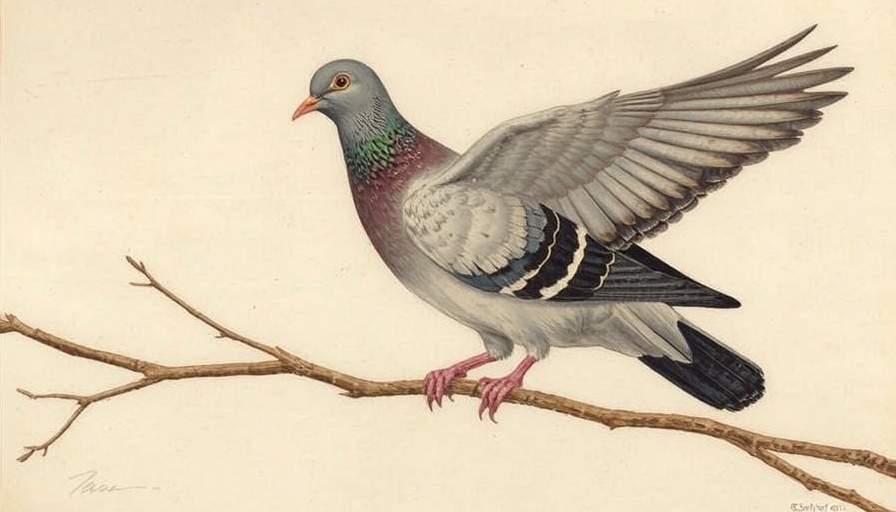
Zone-tailed Hawks: Masters of Disguise
Nestled in the landscapes of the American Southwest, the Zone-tailed Hawk plays a clever game of survival. Talented mimics of the Turkey Vulture, these hawks have adapted remarkably to their environment, utilizing their physical similarities to sneak up on their prey. Through their imitation of vultures, they have developed a unique hunting strategy that defies the threats typically faced by other birds of prey.
The Advantage of Mimicry
The phenomenon of mimicry in the animal kingdom often sparks intrigue among wildlife enthusiasts and bird watchers alike. Zone-tailed Hawks soar gracefully alongside Turkey Vultures, taking advantage of the vultures' benign reputation. Prey such as doves and lizards, who regard vultures as scavengers and not a threat, lower their defenses. This creates an opportune moment for the hawk, allowing it to ambush unsuspecting creatures below, effectively becoming a predator in disguise.
Behavioral Insights: More Than Just Mimicry
While their physical attributes help them blend among vultures, Zone-tailed Hawks also engage in behavioral mimicry. Not only do they roost and nest near their scavenger counterparts, but they also display similar soaring patterns. This fascinating collaboration with Turkey Vultures raises questions about the balance in their ecosystems. As research continues, more insights may emerge regarding these relationships and their evolutionary significance.
What This Means for Bird Conservation
The understanding of such interactions plays a crucial role in bird conservation efforts. By recognizing how different species coexist and adapt, conservationists can work to maintain healthy environments conducive to these sometimes subtly interlinked species. This knowledge reinforces the importance of habitat preservation in supporting not just individual species, but entire ecological communities.
Conclusion: Discovering Nature's Secrets
The Zone-tailed Hawk is a prime example of nature’s ingenuity and the complex survival strategies that develop in the wild. Such marvels not only enrich our understanding of avian life but also our appreciation of ecological diversity. Engaging with birds like the Zone-tailed Hawk fuels interest in conservation efforts, urging us to protect the habitats so critical for their survival. Stay tuned for more insights into the lives of these intriguing birds and consider sharing your own stories to enrich the conversation.
 Add Row
Add Row  Add
Add 




Write A Comment